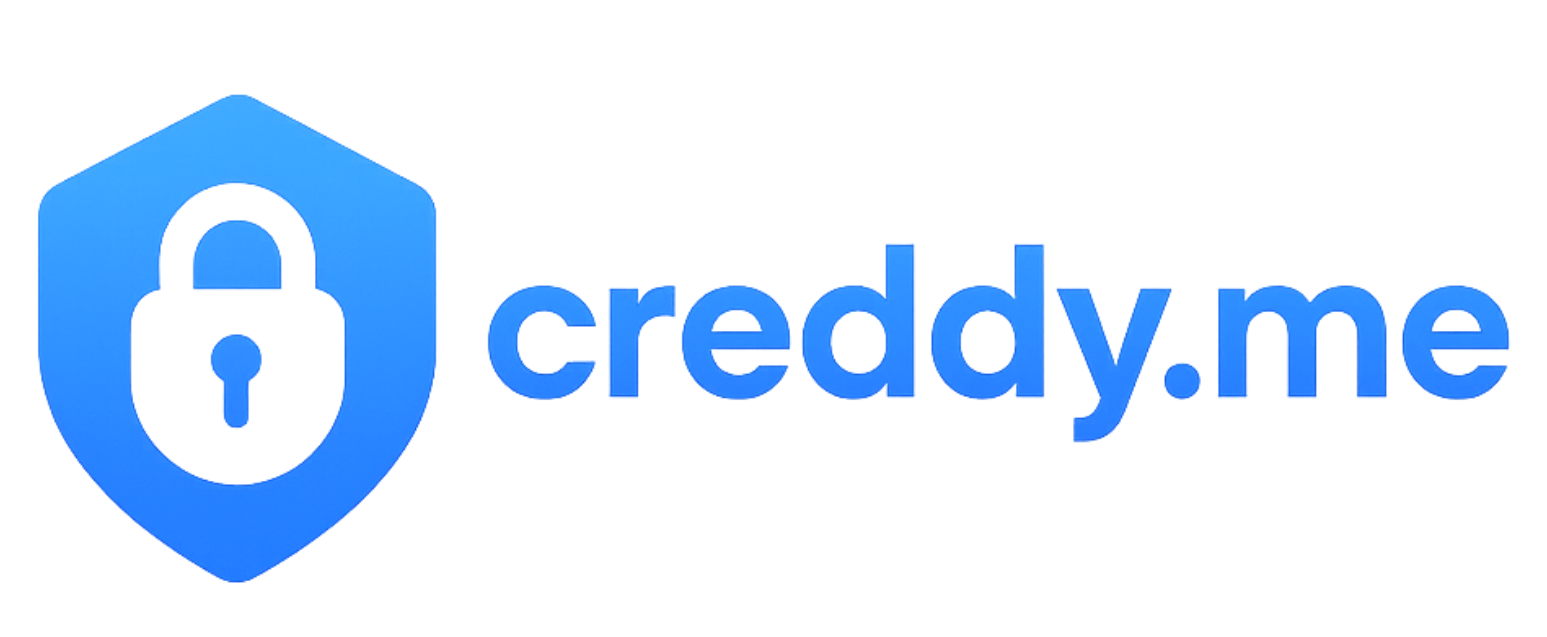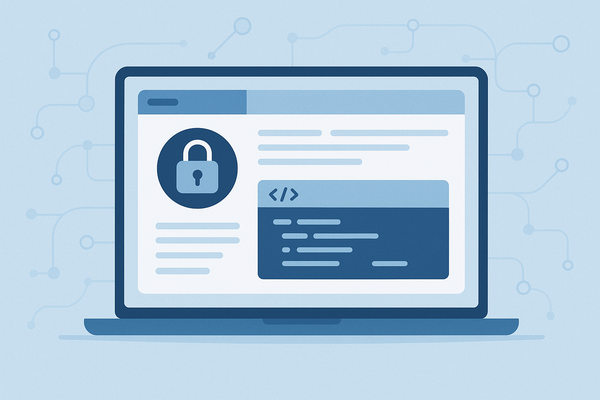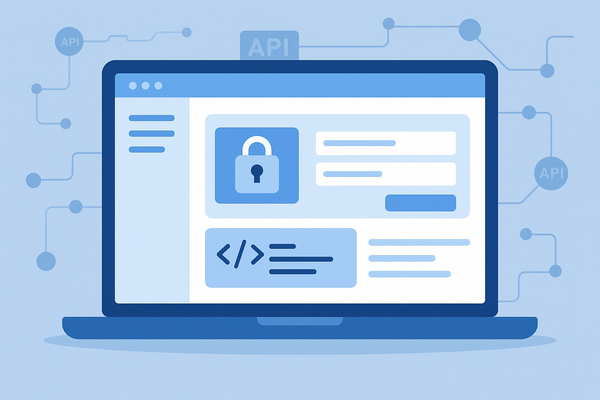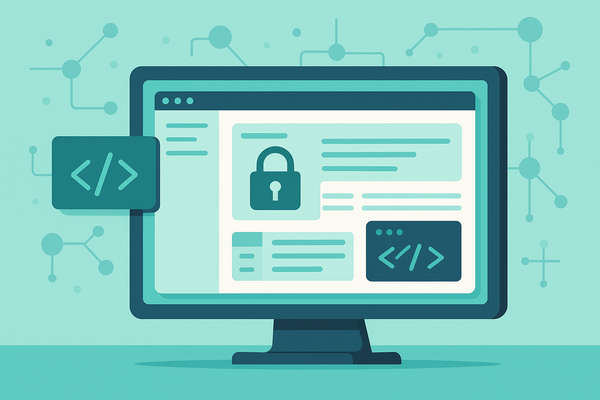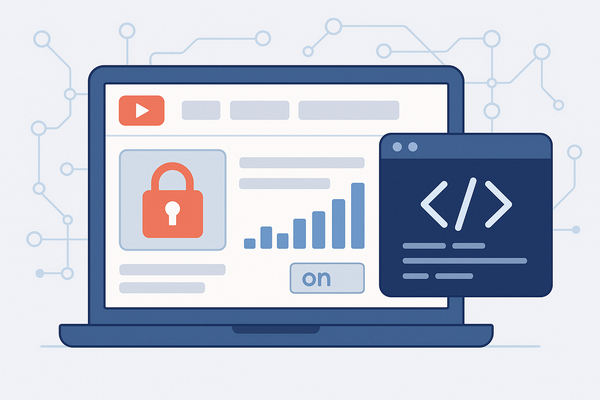How to Generate Close API Key: Step-by-Step Setup Tutorial 2025
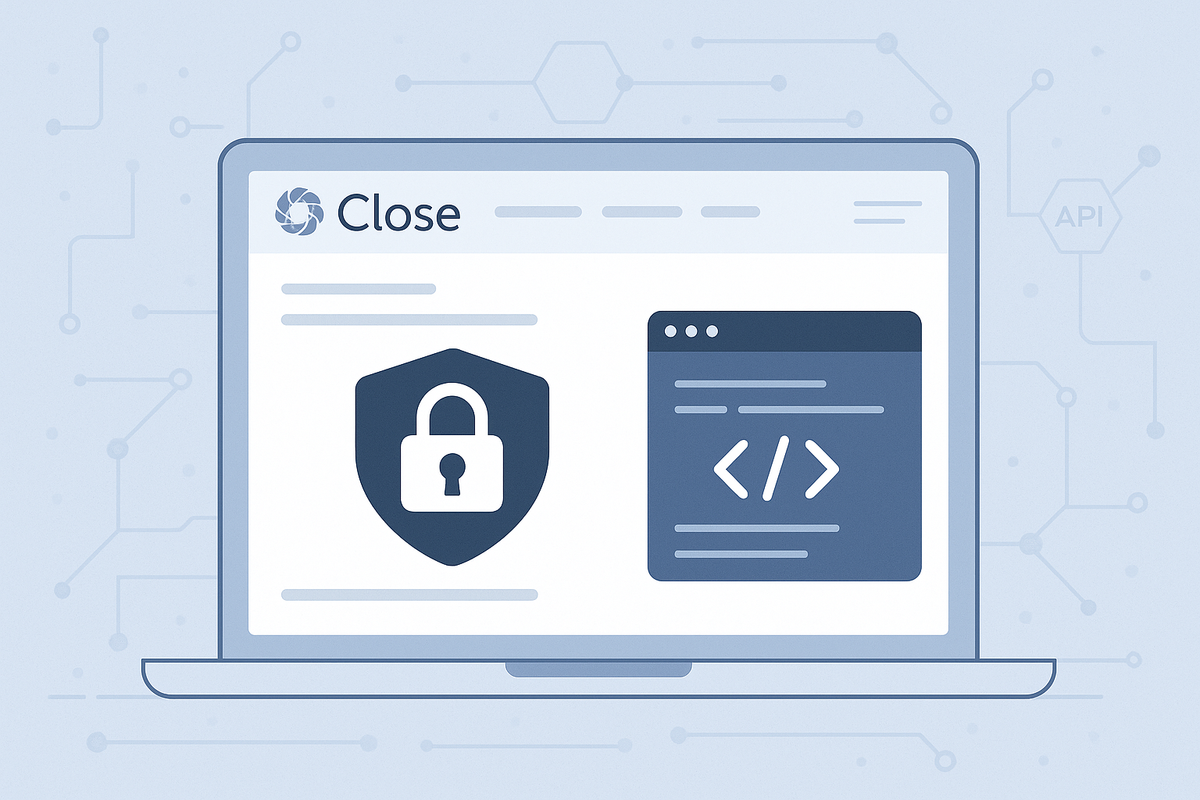
How to Generate Close API Key: Step-by-Step Setup Tutorial
Ever been staring at your screen wondering how to connect your Close.com account to Abyssale services? That blinking cursor in the credentials field can be intimidating, especially when you're not sure which type of authentication you need. Here's the thing: Close.com uses OAuth 2.0 authentication, which sounds technical but is actually pretty straightforward once you know the steps. Think of it as getting a special VIP pass that lets your apps talk to each other securely. This tutorial will walk you through exactly how to generate your Close OAuth credentials so you can start automating your workflows and integrating your favorite tools without any guesswork.
What's a Close OAuth 2.0 Credential? (The Simple Version)
Think of OAuth 2.0 as a sophisticated digital handshake between your applications. Instead of sharing your actual Close.com password (which would be risky), OAuth creates a special token that acts like a temporary access pass. This "digital key" allows approved applications to access your Close data on your behalf, but only for the specific actions you've authorized.
Here's what your Close OAuth credentials enable:
- Secure data syncing between Close and your other business tools
- Automated workflows that update leads, contacts, and deals
- Real-time integration with marketing platforms and CRM systems
- Custom reporting that pulls data from multiple sources
- Lead management automation that saves hours of manual work
The beauty of OAuth is that you can revoke access anytime without changing your main Close password, giving you complete control over your integrations.
Ready to Generate Your OAuth 2.0 Credentials?
Let's get your Close OAuth credentials set up! This interactive tutorial will guide you through each step of the process.
Pro tip: Once you've generated your OAuth credentials, copy them immediately and store them in a secure location. You'll need both the client ID and client secret for most integrations.
Are you a service provider looking to collect credentials from your clients? Try Creddy.me for free and collect your credentials in minutes, not days.
Why Would You Want This OAuth 2.0 Credential Anyway?
The 'Aha!' Moments:
🔥 Lead Scoring Automation
New lead enters Close → Automatically scored based on interaction history → High-value leads instantly flagged for immediate follow-up → Your sales team focuses on hot prospects while nurturing happens automatically
📊 Multi-Platform Reporting
Close deal data → Syncs with Google Sheets or Airtable → Creates real-time dashboards → Stakeholders get instant visibility into pipeline performance without manual data entry
🎯 Marketing Attribution
Website visitor converts → Lead created in Close with source tracking → Marketing campaigns automatically attributed → You know exactly which channels drive your best customers
⚡ Customer Onboarding
Deal marked as "Won" in Close → Triggers onboarding sequence in project management tool → Customer success team gets notified → Seamless handoff from sales to delivery
Real-World Integration Examples:
- Zapier: Connect Close to 5,000+ apps for workflow automation
- HubSpot: Bi-directional sync for unified customer data
- Slack: Get instant notifications when deals move through stages
- Calendly: Automatically create leads from booking appointments
- Mailchimp: Sync contact lists and track email engagement
Keep Your OAuth 2.0 Credentials Safe (It's Easier Than You Think)
Your OAuth credentials are valuable, but protecting them doesn't require a computer science degree. Here are the golden rules:
- Never share credentials in plain text emails or chat messages - Use secure password managers or encrypted sharing tools instead
- Store them in a password manager - Tools like 1Password or LastPass keep them encrypted and easily accessible
- Use environment variables in your code - Never hardcode credentials directly into your applications
- Regularly review and rotate access - Check your Close integrations quarterly and remove unused connections
Quick Test: After setting up your integration, try a simple test transaction to make sure everything's working correctly before relying on it for important business processes.
The Professional Way to Collect Client Credentials
"Hey, I need your Close OAuth credentials to set up the integration."
"My what? Can't you just use my password?"
"Well, OAuth is more secure, but you'll need to go through this technical setup process..."
Sound familiar? This awkward dance happens in agencies and consulting firms every day. What if there was a better way?
Imagine sending your client a simple, branded link where they can securely connect their Close account in just a few clicks. No technical explanations needed. No screenshots to decipher. No credentials to copy and paste incorrectly.
That's exactly what Creddy.me does. Instead of spending 30 minutes explaining OAuth and troubleshooting setup issues, your clients get a professional, streamlined experience that builds trust and gets projects started faster.
The difference? Your clients see you as the expert who makes complex integrations simple, not the person who sends confusing technical tutorials.
What's Next?
Congratulations! You now have your Close OAuth credentials and understand how to use them safely. This opens up a world of possibilities for automating your sales processes and connecting your favorite tools. Remember, Close is just one piece of the puzzle - modern businesses typically integrate 5-10 different platforms to create seamless workflows.
If you're managing multiple client integrations, Creddy.me supports over 200 platforms and can transform your credential collection process from days to minutes.
2024
